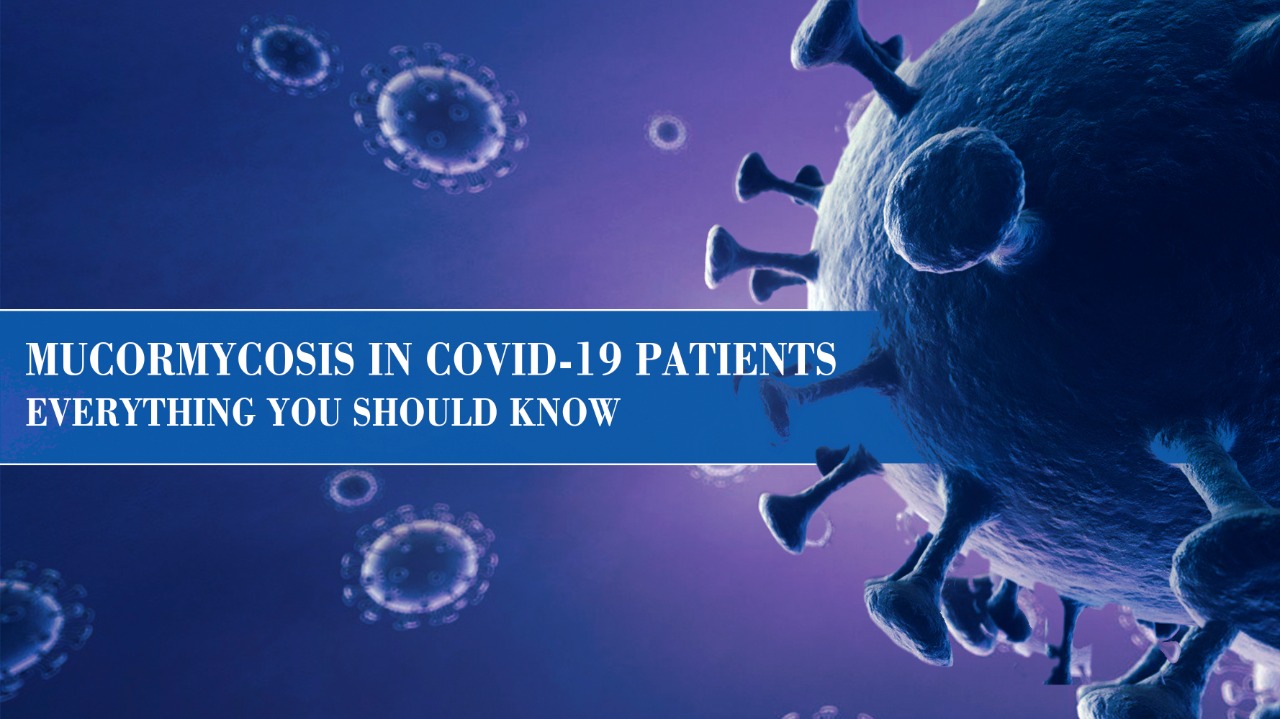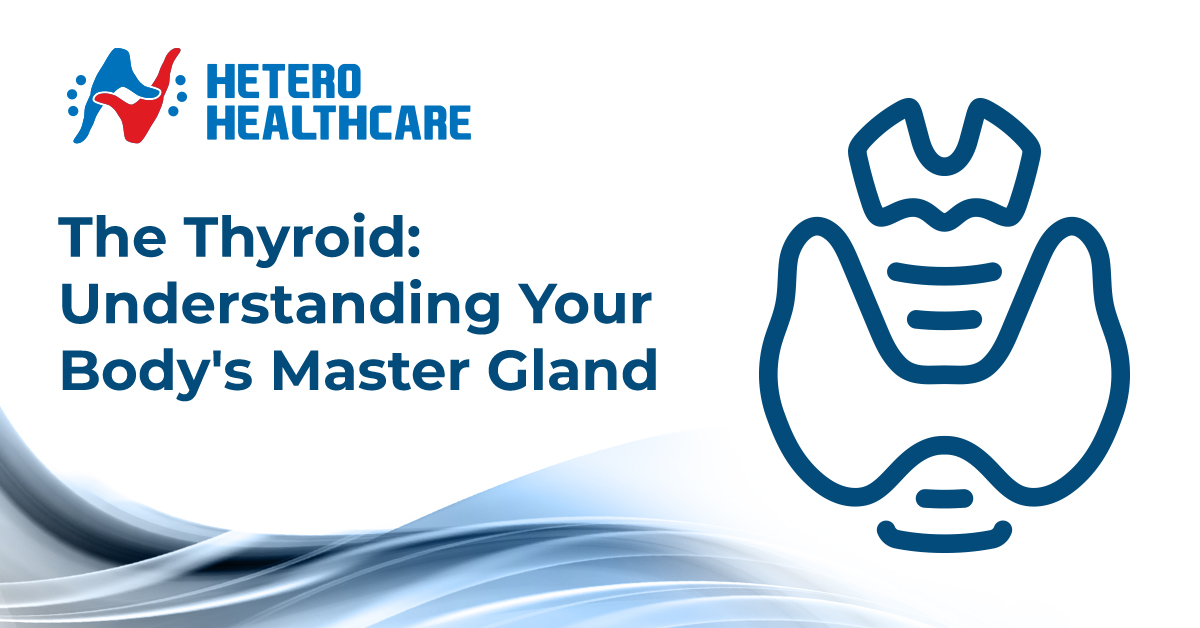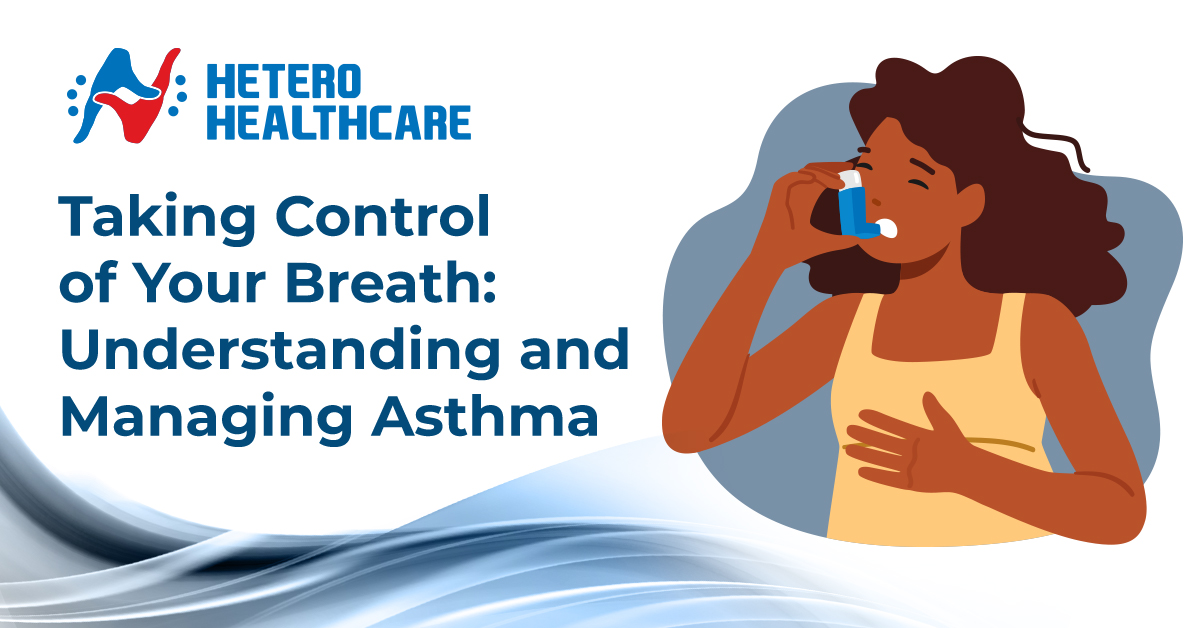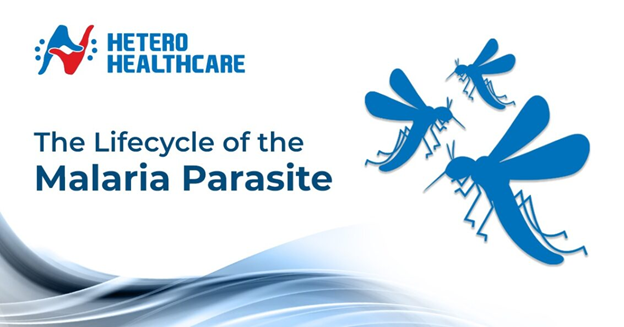Hetero Healthcare
18 May 2021

Mucormycosis or Black Fungus disease is a life-threatening but rare fungal infection caused by mucormycetes. The mucormycetes are a group of molds belonging to the order Mucorales. The fungi that have been isolated from more than 70% of cases of mucormycosis is Rhizopusoryzae. Patients suffering from diabetic ketoacidosis, neutropenia, and organ transplantation have weakened immunity. They are susceptible to Mucormycosis. When the immunity is low, and the necessary defense mechanism to fight such fungal infection is absent, then even a cut on the skin, burn, or other types of skin injury gives the fungal spore a free way to enter inside the body. There are three ways humans can contract Mucormycosis:
Out of the three ways, inhalation of spores is the most common way to get infected with this fungal disease.
Fungal spores, when gets deposited in the nasal cavity, lead to rhinocerebral disease. Similarly, spores attacking the lungs lead to pulmonary disease, or entering the intestine leads to GI disease. Finally, if they enter through cuts in the skin, they lead to cutaneous disease.
The disease pattern of COVID-19 can range from mild to life-threatening pneumonia with associated bacterial and fungal coinfections. A human body may breathe in the spores of many known and unknown fungi on a typical day. Thanks to the healthy lungs and the immune system of humans, that prevents those spores from causing any infection.
A weakened immune system and an infected lung, as in the case of COVID-19, leads to the easy entry of fungal spores into the body to germinate and attack the tissues. Mucormycosis is most often spread across the nose and sinuses. It can then be applied to the eyes, causing blindness or the brain, causing headaches or seizures.
The human body has phagocytes (neutrophils) whose primary function is to protect the body against fungal attacks similar to Mucormycosis. It has been found scientifically that patients who lack phagocytes or have impaired phagocytic function are at higher risk of mucormycosis. In the absence of phagocytes, these mucoraceae spores begin to germinate when they enter the body. Upon germination, they form fungal hyphae that attack the blood vessels, producing tissue infarction, necrosis, and thrombosis. Similarly, when R. oryzae sporangiospores are inhaled into an immunocompromised patient's lungs, the pulmonary alveolar macrophages are unable to prevent sporangiospores germination.
In addition to this, there is another trait of R. oryzae that helps it cause the disease. It is the ability to acquire iron from the host. Fungi can obtain iron from the host by using high-affinity iron permeases or low-molecular-weight iron chelators (siderophores). Rhizopus is known to secrete rhizoferrin, a siderophore that supplies Rhizopus with iron through a receptor-mediated, energy-dependent process.
Mucormycosis does not affect every patient who has contracted COVID-19 or is on treatment or those who have recovered recently. Patients with the following risk factors are more prone to get this fungal disease that includes:
Once the fungal spores are inhaled, they invade the sinuses or lungs of the patient. This leads to severe disease with the following warning signs and symptoms:
Mucormycosis can be prevented if people obey the COVID guidelines. Avoid crowded places, wear a mask, maintain social distancing, and take vaccination on time. The Telangana government has issued guidelines to prevent Mucormycosis in COVID-19 Patients. As per the guidelines, control of sugar intake in COVID-19 infected, treatment ongoing, and recovered patients should be monitored in their diet. Apart from that, physicians are advised to use steroids, antibiotics, or antifungals judiciously at the correct dose and correct duration. Finally, the government has stressed cleaning the humidifier with clean, sterile water and dry air during oxygen therapy. The ICMR has also given guidelines to manage Mucormycosis. The guidelines are almost similar to the guidelines by the Telangana government. Apart from that, ICMR advises doctors to discontinue Immunomodulatory drugs, stop antifungal prophylaxis, and infuse normal saline IV before Amphotericin B injection for treating Mucormycosis.">COVID guidelines. Avoid crowded places, wear a mask, maintain social distancing, and take vaccination on time. The Telangana government has issued guidelines to prevent Mucormycosis in COVID-19 Patients. As per the guidelines, control of sugar intake in COVID-19 infected, treatment ongoing, and recovered patients should be monitored in their diet. Apart from that, physicians are advised to use steroids, antibiotics, or antifungals judiciously at the correct dose and correct duration. Finally, the government has stressed cleaning the humidifier with clean, sterile water and dry air during oxygen therapy. The ICMR has also given guidelines to manage Mucormycosis. The guidelines are almost similar to the guidelines by the Telangana government. Apart from that, ICMR advises doctors to discontinue Immunomodulatory drugs, stop antifungal prophylaxis, and infuse normal saline IV before Amphotericin B injection for treating Mucormycosis.
References
Hetero Healthcare

Hetero Healthcare27 May 2024
The Thyroid: Understanding Your Body's Master Gland
The thyroid gland, a small butterfly-shaped gland located at the base of your neck, plays a critical role in regulating your metabolism.

Hetero Healthcare25 May 2024
Taking Control of Your Breath: Understanding and Managing Asthma
Asthma can feel like a constant battle for air, leaving you breathless and wheezing. But with knowledge and the right approach, you can take control of your asthma and live a full, active life.

Hetero Healthcare30 Apr 2024
A Comprehensive Guide to Malaria
Malaria, a mosquito-borne infectious disease, continues to pose a significant threat to global health. At Hetero Healthcare, we are committed to raising awareness about this preventable illness and empowering individuals with knowledge to protect themselves. This comprehensive blog delves into the causes, symptoms, and effective prevention strategies for malaria.

Hetero Healthcare30 Apr 2024
A Guide to Parkinsons Disease for Patients and Caregivers
At Hetero Healthcare, we understand the profound impact Parkinson's disease (PD) can have on individuals and their loved ones.